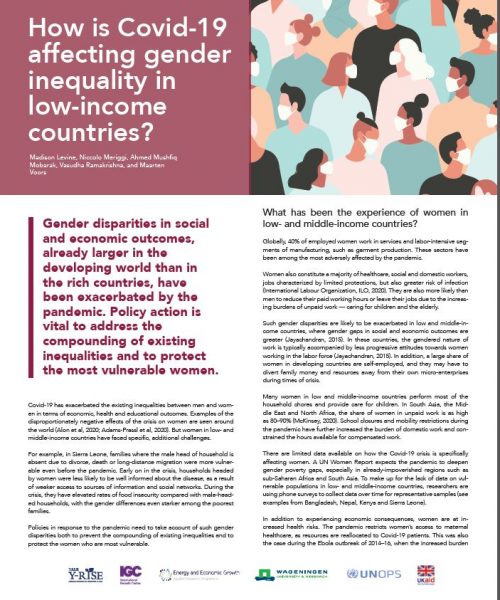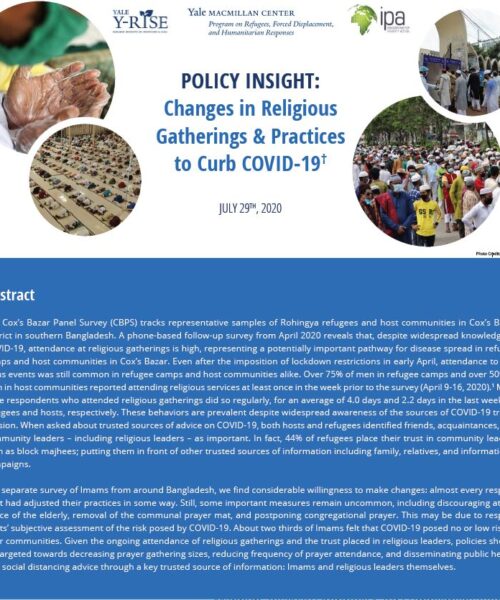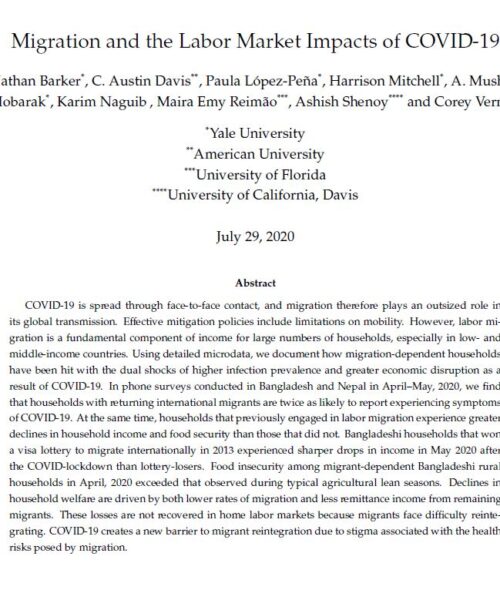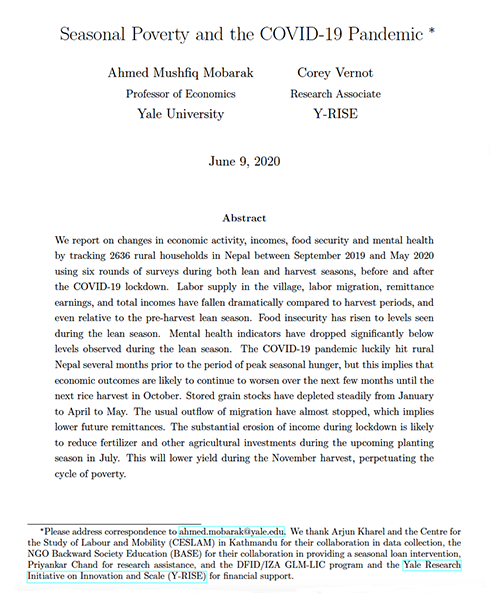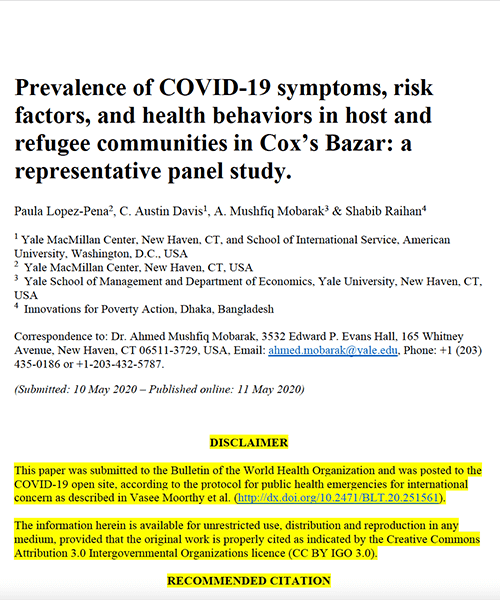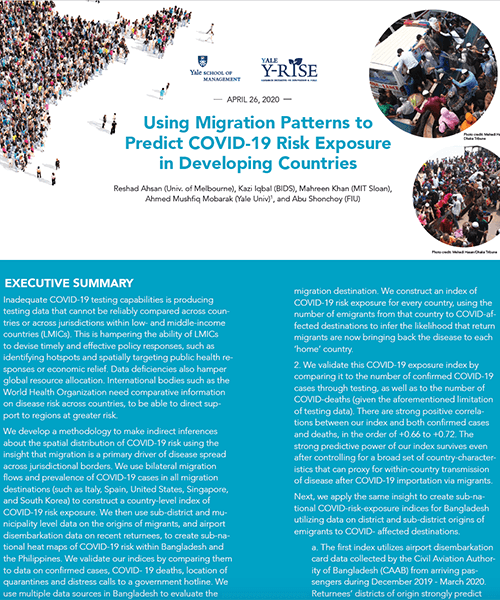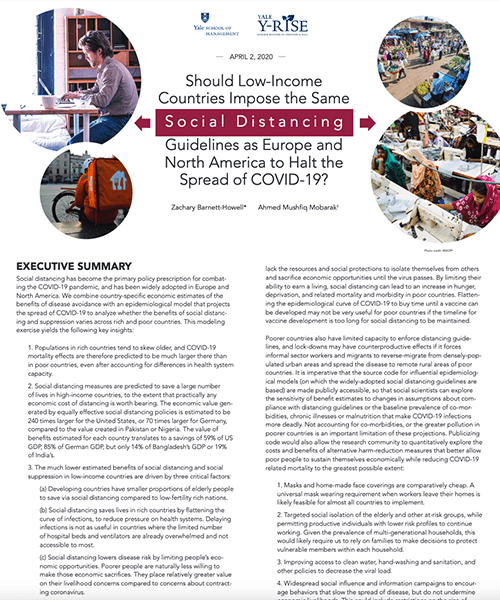This brief reports changes in economic activity, incomes, food security and mental health by tracking 2636 rural households in Nepal between September 2019 and May 2020 using six rounds of surveys during both lean and harvest seasons, before and after the COVID-19 lockdown. Labor supply in the village, labor migration, remittance earnings, and total incomes have fallen dramatically compared to harvest periods, and even relative to the pre-harvest lean season. The COVID-19 pandemic luckily hit rural Nepal several months prior to the period of peak seasonal hunger, but this implies that economic outcomes are likely to continue to worsen over the next few months until the next rice harvest in October.
